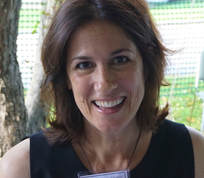 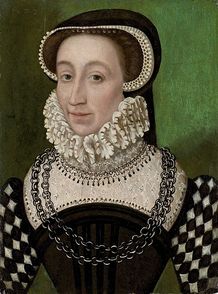 Catherine de Medici. She didn't travel light. Catherine de Medici. She didn't travel light. During the Renaissance, French kings and queens built many palaces, in an area known as the Loire Valley. The royal family would travel from palace to palace to get away from Paris, the way you might head to a lake house. The Loire Valley is not very close to Paris. It’s about 110 miles from Paris to the palace of Chambord, for instance. I wondered how long it took sixteenth century travelers to make this journey—and why there were so many palaces. First, the distance. Under the best of conditions (good roads, decent weather, level ground), humans can walk four miles per hour over long distances. Horses can’t do much better–maybe five mph—but a lot less if they’re pulling something or if roads are in awful condition. A horse can canter at 20 mph, but it can only do that for six to eight miles at a time, after which it will slow down and walk, or stop completely. So it would have taken a long time to get from place to place. Under the best conditions, a journey from Paris to Chambord would have taken three weeks. But in fact, it took a lot longer than that. Because in the sixteenth century, the royal court didn’t just hop on a horse and head to their country home. They took everything and everyone with them, loading all the stuff onto the backs of horses and mules. When Catherine de Medici was queen of France, she traveled with her ladies and gentlemen, foreign ambassadors, pet bears, servants, retainers, attendants, apothecaries, astrologists, tutors, musicians, cooking pots, food, clothing, portable triumphal arches, wall hangings, and furniture. And the reason there were so many palaces is simply that the court in Renaissance times –thousands of people–had to move around from estate to estate so as to find new hunting grounds. Once they’d exhausted the food supply in the area, they moved on to the next estate. Also, the sanitation was dreadful. After thousands of people had taken up residence in and around a great estate for a few weeks, filth piled up, and with it, stench and disease. The royal procession could be miles long. When Catherine de Medici’s court packed up and left for a new palace, the beginning of the royal caravan sometimes entered a town before those traveling at the back of it had left the last one.  Sara Albee's recent book is Why'd They Wear That?, published by National Geographic in 2015. Get ready to chuckle your way through centuries of fashion dos and don'ts! In this humorous and approachable narrative, you will learn about outrageous, politically-perilous, funky, disgusting, regrettable, and life-threatening creations people have worn throughout the course of human history, all the way up to the present day. For more information, click here. MLA 8 Citation
Albee, Sarah. "Renaissance Road Trips." Nonfiction Minute, iNK Think Tank, www.nonfictionminute.org/the-nonfiction-minute/renaissance-road-trips.
0 Comments
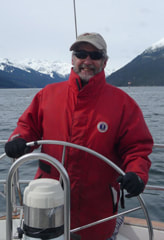 In pro football’s early days, there was no set way of determining the league champion. In 1921, the Buffalo (New York) All-Americans had the best record (8-0-2) in the American Professional Football Association. Runners-up were the Chicago Staleys, named for team sponsor A.E. Staley Starch Company, with a 7-1 mark. (The team would become the Bears the following year.) The Staleys’ only blemish was a 7-6 loss to Buffalo on Thanksgiving Day. Chicago player-owner George Halas lusted for revenge. He persuaded Buffalo owner Frank McNeil to travel to Chicago for a game the day after the All-Americans’ final game on December 3 in nearby Akron, Ohio. McNeil agreed, with one stipulation: the game would be an exhibition and not count in the final standings. The Buffalo players took an overnight train to Chicago after a hard-fought triumph. Still recovering from the rigors of that game and lack of sleep, the All-Americans lost to the Staleys 10-7. Halas saw an opportunity. He quickly scheduled two more games with other teams, winning one and tying the other. In his eyes, the results of those additional games meant his team was now 9-1-1, while Buffalo was 9-1-2 (tie games didn’t figure in the standings). Despite the seeming identical records between the two teams, Halas appealed to the other owners. He said his team deserved the league title on two grounds: the second game between Chicago and Buffalo was more important than the first, and his team had outscored Buffalo 16–14 in their two contests. The owners sided with Halas despite McNeil’s vehement protests that the second Chicago game was an exhibition. McNeil spent the rest of his life trying to overturn what he called the “Staley Swindle.” The league—now the National Football League (NFL)—decided that henceforth the season would have a definite ending date, though rejecting the idea of a championship game. In 1932 Chicago and the Portsmouth Spartans had identical records. The NFL sanctioned a game between them to determine the champion. Chicago won 9-0. The game attracted so much interest that the NFL split into East and West divisions, with a playoff between the division winners to crown the champion. That playoff has continued to the present day (though adding several rounds to determine the finalists). Super Bowl Sunday has become so important in the United States that many people (not entirely jokingly) have suggested making it a national holiday.
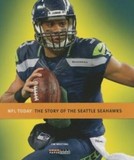 Jim Whiting’s hometown team, the Seattle Seahawks, didn’t make it to the Superbowl this year, but you can still read about them in his book NFL Today The Story of the Seattle Seahawks. Click here to see the list of books Jim has written devoted to football teams and other sports. MLA 8 Citation
Whiting, Jim. "The Staley Swindle and the Super Bowl." Nonfiction Minute`, iNK Think Tank, 2 Feb. 2018, www.nonfictionminute.org/the-nonfiction-minute/ the-staley-swindle-and-the-super-bowl. Two weeks before Halloween in 1944, a small jet fighter plane was parked on an Ohio airfield. The plane was wearing a kind of costume. It had fake propellers attached to the front of its wings. Was this jet getting dressed up so it could zoom off trick-or-treating at airports around the country? Not exactly. Those fake propellers weren’t a Halloween prank. They were serious business, a disguise that the Army hoped would fool enemy spies. Jet planes don’t use propellers, the spinning blades that give other aircraft the power to fly. A jet’s power comes from jet engines attached to the under side of its wings. A jet engine sucks in air and spins the air very fast inside the engine. The air is then mixed with gas fuel in the engine and an electric spark sets the gas-air mixture on fire. This burning mixture blasts out of the back of the engine with so much force that the plane can move forward and zoom up and away. In 1944, World War II was still raging. For most of the war, military planes had been propeller planes, both for the United States and Britain, as well as for their enemies, Nazi Germany and Japan. Jet engines had only been invented a few years before the war began but weren’t used in military planes until early 1944, when Germany became the first country to use a jet fighter in battle. The U.S. had built a jet plane—the XP-59A—but it was still being tested. In the fall of 1944, a version of this new jet, called the YP-59A, was shipped for testing to Wright Field, an Army aviation test center in Dayton, Ohio. To keep spies from finding out about the plane, it not only had fake propellers but also an armed soldier standing guard. On October 14, 1944, test pilots took turns test-flying this jet at Wright Field, after the fake propellers were removed! They noted problems, so none of these U.S. jets were ever used in the war. But although the plane never made history winning any battles, one of the pilots testing it did make history that October day: 26-year-old Ann Baumgartner Carl. That day she became the first American woman to pilot a jet aircraft. She was one of the WASP pilots--Women Airforce Service Pilots—the first women’s unit to fly for the U.S military.
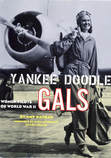 If you are interested in finding out more about the WASPS, Amy Nathan has written a book on the subject. Click here for more information. MLA 8 Citation Nathan, Amy. "When a Jet Wore a Costume." Nonfiction Minute, iNK Think Tank, 28 Sept. 2017, www.nonfictionminute.org/the-nonfiction-minute/when-a-jet-wore-a-costume. 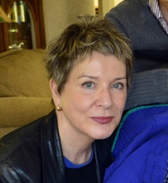 You're too young to remember Laika, a stray dog from the Moscow streets, who became famous for becoming the first animal to orbit the earth. That was way back in 1957, when space exploration was taking off, and Russia was ahead of the game. Laika wasn’t the first animal to fly—when the first free-flying hot-air balloon ever to carry living creatures was launched at Louis XVI’s magnificent chateau in Versailles in 1783, its passengers were a sheep, a duck, and a rooster. Some 130,000 people watched as the multicolored balloon filled with hot air, stirred and rose, carrying a basket with the animals. The king was there, watching through field glasses. When the balloon came down a couple of miles away, he turned to one of its inventors, Etienne Montgolfier, and said, ”Magnifique! But now we must find out if the animals survived.” They had. And proved to be in excellent condition. In a letter to his wife that evening, a triumphant Etienne playfully quoted the three as saying, “We feel fine. We’ve landed safely despite the wind. It’s given us an appetite.” “That is all we could gather from the talk of the three animals,” Etienne continued, “seeing that we had neglected to teach them French, one could say only “Quack, Quack’; the other, ‘Cocka-a-doodle-do’; and the third, no doubt a member of the Lamb family, replied only ‘Baa’ to all our questions.” Earlier, when the choice of animals was discussed, Joseph-Michel, his brother and co-inventor, had wanted a cow, as “that would create an extraordinary effect, far greater than that of a panicky sheep.” A year before the brothers had experimented with a balloon made of fabric layered with paper. As hot air from a small fire filled the limp bag, it swelled into a bulging globe, thirty-five feet wide, and shot straight into the air, to a height of a thousand feet, and rode the currents for over a mile. Thus was born the hot-air balloon. After the successful flight of the sheep, the duck and the rooster, it was time for the first manned flight in a Montgolfier balloon. It took place in Paris. One of the spectators was Benjamin Franklin, America’s ambassador. When someone turned to him and said, “Oh what use is a balloon?” Franklin replied, “Sir, of what use is a newborn baby?” Text and art copyright © by Roxie Munro 2014  Roxie has published a series of nine cool desktop fold-out KIWiStorybooks Jr., complete with a stand-up "play" figure and a free interactive app, loaded with great content, games, and activities, based upon the giant KIWi walk-in picture books. Roxie Munro is a member of Authors on Call. You can learn more about her programs here. MLA 8 Citation Munro, Roxie. "Animals in Space." Nonfiction Minute, iNK Think Tank, 3 Oct. 2017, www.nonfictionminute.org/the-nonfiction-minute/animals-in-space. 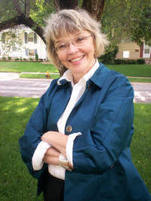 When the United States was a baby nation, it had lots of wheel-busting wagon trails, but hardly any highways. Traveling was difficult—unless water was nearby. Then you could FLOAT yourself and your stuff to market. Rivers don't always flow where you want to go, so Americans did what ancient Egyptians and medieval Chinese and Europeans had done. They built CANALS, the BIG idea in America in the early 1800s, and none was more important than the famous Erie Canal. On July 4, 1817, at tiny Rome, NY, the digging began. In the next eight years, thousands of men sweated, clearing woods, and digging miles of ditch, four feet deep, 40 feet wide! They built up a TOWPATH beside it for the animals, who'd pull the boats along, when the ditch was full of water. Inventive engineers built 83 LOCKS, too, in which the water moved up or down over the land, and 18 AQUEDUCTS (bridges to carry water over deep valleys). Finally, early on October 26, 1825, at Buffalo, NY, a cannon BOOMED! Trumpets tootled! New York Governor DeWitt Clinton and his guests stepped onto their packet (or passenger) boat. A team of horses tossed their heads, eager to start. More horse-drawn packets waited to join the parade. Off they'd go, four smooth miles per hour, to Albany, seven days and 363 miles away, on the very first ride on the completed canal, the longest in the world. People atop the flat-topped packets waved at the folks on the land. They watched out for low bridges—or else: splash! From Albany, the canal boats (minus the horses!) glided down the Hudson River, past dark hills sparkling with bonfires. Bells rang and flags fluttered that November 4, 1825, as the packets passed Manhattan, Brooklyn, and Staten Island. Then Governor Clinton emptied a keg of Lake Erie water into the harbor. Why? To show that the Great Lakes and the Atlantic Ocean were connected and that Americans were connected to the world. In the next decades they'd build miles of canals— until their next BIG idea came chugging down the railroad track. The wedding of the Great Lakes and Atlantic Ocean waters Boats were pulled by horses walking along a towpath beside the canal. Here's a treat for you. Cheryl Harness is not only an author, but she is also an illustrator. This is a spread from her book "The Amazing Impossible Erie Canal."
MLA 8 Citation Harness, Cheryl. "Roads Made of Water." Nonfiction Minute, iNK Think Tank, 26 Sept. 2017, www.nonfictionminute.org/the-nonfiction-minute/roads-made-of-water. |
*NEWS
|
For Vicki Cobb's BLOG (nonfiction book reviews, info on education, more), click here: Vicki's Blog
The NCSS-CBC Notable Social Studies Committee is pleased to inform you
that 30 People Who Changed the World has been selected for Notable Social Studies Trade Books for Young People 2018, a cooperative project of the National Council for the Social Studies (NCSS) & the Children’s Book Council
Categories
All
Abolitionists
Adams Janus
Adaptation
Adaptations
Adkins Jan
Advertising
Aerodynamics
Africa
African American History
African Americans
Africa West
Agriculture
Aircraft
Air Pilots
Air Pressure
Air Travel
Albee Sarah
Alchemy
Alligators
Allusion
American History
American Icons
Amphibians
Amundsen Roald
Anatomy
Ancient
Ancient Cultures
Anderson Marian 1897-1993
Animal Behavior
Animal Experimentation
Animal Intelligence
Animals
Animation
Antarctica
Ants
Apache Indians
Apes
April Fool's Day
Architecture
Argument
Arithmetic
Art
Art Deco
Artists
Arts
Asia
Astronauts
Astronomy
Athletes
Atomic Theory
Audubon Societies
Authors
Autobiography
Automobiles
Aviation
Awards
Bacteria
Baseball
Battuta Ibn
Bears
Beatles
Beavers
Bees
Biodegradation
Biography
Biology
Biomes
Biomimicry
Biplanes
Birds
Black Death
Black History
Blindness
Blizzards
Bombs
Bonaparte Napoleon
Boone Daniel
Botany
Brazil
Bridges
Brill Marlene Targ
Brooklyn Bridge
Brown John
Buffaloes
Building Materials
Butterflies
Caesar
Caesar Julius
Caissons
Calculus
Calendars
Cannibal
Capitals
Caravaggio
Carbon Dioxide
Carnivores
Carson Mary Kay
Cartoons & Comics
Carving (Decorative Arts)
Cascade Range
Castaldo Nancy
Castles
Castrovilla Selene
Cathedrals
Cats
Caves
Celts
Cemeteries
Chemistry
Children's Authors
Child Welfare
China
Choctaw Indians
Christmas
Chronometers
Cicadas
Cinco De Mayo
Ciphers
Circle
Citizenship
Civil Rights
Civil Rights Movements
Civil War
Civil War - US
Climate
Climate Change
Clocks And Watches
Clouds
Cobb Vicki
COBOL (Computer Language)
Code And Cipher Stories
Collard III Sneed B.
Collectors And Collecting
Color
Commerce
Communication
Competition
Compilers
Composers
Computers
Congressional Gold Medal
Consitution
Contests
Contraltos
Coolidge Calvin
Cooling
Corms
Corn
Counterfeiters
Covid-19
Crocodiles
Cryptography
Culture
Darwin Charles
Declaration Of Independence
Decomposition
Decompression Sickness
Deep-sea Animals
Deer
De Medici Catherine
Design
Detectives
Dickens Charles
Disasters
Discrimination
Diseases
Disney Walt
DNA
Dogs
Dollar
Dolphins
Douglass Frederick 1818-1895
Droughts
Dr. Suess
Dunphy Madeleine
Ear
Earth
Earthquakes
Ecology
Economics
Ecosystem
Edison Thomas A
Education
Egypt
Eiffel-gustave-18321923
Eiffel-tower
Einstein-albert
Elephants
Elk
Emancipationproclamation
Endangered Species
Endangered-species
Energy
Engineering
England
Englishlanguage-arts
Entomology
Environmental-protection
Environmental-science
Equinox
Erie-canal
Etymology
Europe
European-history
Evolution
Experiments
Explorers
Explosions
Exports
Extinction
Extinction-biology
Eye
Fairs
Fawkes-guy
Federalgovernment
Film
Fires
Fishes
Flight
Floods
Flowers
Flute
Food
Food-chains
Foodpreservation
Foodsupply
Food-supply
Football
Forceandenergy
Force-and-energy
Forensicscienceandmedicine
Forensic Science And Medicine
Fossils
Foundlings
France
Francoprussian-war
Freedom
Freedomofspeech
French-revolution
Friction
Frogs
Frontier
Frontier-and-pioneer-life
Frozenfoods
Fugitiveslaves
Fultonrobert
Galapagos-islands
Galleys
Gametheory
Gaudi-antoni-18521926
Gender
Generals
Genes
Genetics
Geography
Geology
Geometry
Geysers
Ghosts
Giraffe
Glaciers
Glaucoma
Gliders-aeronautics
Global-warming
Gods-goddesses
Gold-mines-and-mining
Government
Grant-ulysses-s
Grasshoppers
Gravity
Great-britain
Great-depression
Greece
Greek-letters
Greenberg Jan
Hair
Halloween
Handel-george-frederic
Harness Cheryl
Harrison-john-16931776
Health-wellness
Hearing
Hearing-aids
Hearst-william-randolph
Henry-iv-king-of-england
Herbivores
Hip Hop
History
History-19th-century
History-france
History-world
Hitler-adolph
Hoaxes
Holidays
Hollihan Kerrie Logan
Homestead-law
Hopper-grace
Horses
Hot Air Balloons
Hot-air-balloons
Housing
Huguenots
Human Body
Hurricanes
Ice
Icebergs
Illustration
Imagery
Imhotep
Imperialism
Indian-code-talkers
Indonesia
Industrialization
Industrial-revolution
Inquisition
Insects
Insulation
Intelligence
Interstatecommerce
Interviewing
Inventions
Inventors
Irrational-numbers
Irrigation
Islands
Jacksonandrew
Jazz
Jeffersonthomas
Jefferson-thomas
Jemisonmae
Jenkins-steve
Jet-stream
Johnsonlyndonb
Jokes
Journalism
Keeling-charles-d
Kennedyjohnf
Kenya
Kidnapping
Kingmartinlutherjr19291968
Kingmartinlutherjr19291968d6528702d6
Kings-and-rulers
Kings Queens
Kings-queens
Koala
Labor
Labor Policy
Lafayette Marie Joseph Paul Yves Roch Gilbert Du Motier Marquis De 17571834
Landscapes
Languages-and-culture
Law-enforcement
Layfayette
Levers
Levinson Cynthia
Lewis And Clark Expedition (1804-1806)
Lewis Edmonia
Liberty
Lift (Aerodynamics)
Light
Lindbergh Charles
Liszt Franz
Literary Devices
Literature
Lizards
Longitude
Louis XIV King Of France
Lumber
Lunar Calendar
Lynching
Macaws
Madison-dolley
Madison-james
Madison-james
Mammals
Maneta-norman
Maneta-norman
Marathon-greece
Marine-biology
Marine-biology
Marines
Marsupials
Martial-arts
Marx-trish
Mass
Massachusetts-maritime-academy
Mass-media
Mastodons
Mathematics
May-day
Mcclafferty-carla-killough
Mcclafferty-carla-killough
Mckinley-william
Measurement
Mechanics
Media-literacy
Media-literacy
Medicine
Memoir
Memorial-day
Metaphor
Meteorology
Mexico
Mickey-mouse
Microscopy
Middle-west
Migration
Military
Miners
Mississippi
Molasses
Monarchy
Monsters
Montgomery
Montgomery-bus-boycott-19551956
Montgomery-heather-l
Monuments
Moon
Moran-thomas
Morsecode
Morsesamuel
Moss-marissa
Moss-marissa
Motion
Motion-pictures
Mummies
Munro-roxie
Munro-roxie
Musclestrength
Museums
Music
Muslims
Mythologygreek
Nanofibers
Nanotechnology
Nathan-amy
Nathan-amy
Nationalfootballleague
Nationalparksandreserves
Nativeamericans
Native-americans
Native-americans
Naturalhistory
Naturalists
Nature
Nauticalcharts
Nauticalinstruments
Navajoindians
Navigation
Navy
Ncaafootball
Nervoussystem
Newdeal19331939
Newman-aline
Newman-aline
Newton-isaac
New-york-city
Nobelprizewinners
Nomads
Nonfictionnarrative
Nutrition
Nylon
Nymphs-insects
Oaths Of Office
Occupations
Ocean
Ocean-liners
Olympics
Omnivores
Optics
Origami
Origin
Orphans
Ottomanempire
Painters
Painting
Paleontology
Pandemic
Paper-airplanes
Parksrosa19132005
Parrots
Passiveresistance
Patent Dorothy Hinshaw
Peerreview
Penguins
Persistence
Personalnarrative
Personification
Pets
Photography
Physics
Pi
Pigeons
Pilots
Pinkertonallan
Pirates
Plague
Plains
Plainsindians
Planets
Plantbreeding
Plants
Plastics
Poaching
Poetry
Poisons
Poland
Police
Political-parties
Pollen
Pollution
Polo-marco
Populism
Portraits
Predation
Predators
Presidentialmedaloffreedom
Presidents
Prey
Prey-predators
Prey-predators
Prime-meridian
Pringle Laurence
Prohibition
Proteins
Protestandsocialmovements
Protestants
Protestsongs
Punishment
Pyramids
Questioning
Radio
Railroad
Rainforests
Rappaport-doreen
Ratio
Reading
Realism
Recipes
Recycling
Refrigerators
Reich-susanna
Religion
Renaissance
Reproduction
Reptiles
Reservoirs
Rheumatoidarthritis
Rhythm-and-blues-music
Rice
Rivers
Roaringtwenties
Roosevelteleanor
Rooseveltfranklind
Roosevelt-franklin-d
Roosevelt-theodore
Running
Russia
Safety
Sanitation
Schwartz David M
Science
Scientificmethod
Scientists
Scottrobert
Sculpture
Sculpturegardens
Sea-level
Seals
Seals-animals
Secretariesofstate
Secretservice
Seeds
Segregation
Segregationineducation
Sensessensation
September11terroristattacks2001
Seuss
Sextant
Shackletonernest
Shawneeindians
Ships
Shortstories
Silkworms
Simple-machines
Singers
Siy Alexandra
Slavery
Smuggling
Snakes
Socialchange
Social-change
Socialjustice
Social-justice
Socialstudies
Social-studies
Social-studies
Sodhouses
Solarsystem
Sound
Southeast-asia
Soybean
Space Travelers
Spain
Speech
Speed
Spiders
Spies
Spiritualssongs
Sports
Sports-history
Sports-science
Spring
Squirrels
Statue-of-liberty
STEM
Storms
Strategy
Sugar
Sumatra
Summer
Superbowl
Surgery
Survival
Swanson-jennifer
Swinburne Stephen R.
Synthetic-drugs
Taiwan
Tardigrada
Tasmania
Tasmanian Devil
Tasmanian-devil
Technology
Tecumsehshawneechief
Telegraph-wireless
Temperature
Tennis
Terrorism
Thomas Peggy
Thompson Laurie Ann
Time
Titanic
Tombs
Tortoises
Towle Sarah
Transcontinental-flights
Transportation
Travel
Trees
Trung Sisters Rebellion
Tundra
Turnips
Turtles
Typhoons
Underground Railroad
Us-environmental-protection-agency
Us History
Us-history
Ushistoryrevolution
Us History Revolution
Us-history-war-of-1812
Us Presidents
Ussupremecourtlandmarkcases
Vacations
Vaccines
Vangoghvincent
Vegetables
Venom
Vietnam
Viruses
Visual-literacy
Volcanoes
Voting-rghts
War
Warne-kate
Warren Andrea
Washington-dc
Washington George
Water
Water-currents
Wax-figures
Weapons
Weather
Weatherford Carole Boston
Whiting Jim
Wildfires
Winds
Windsor-castle
Wolves
Woman In History
Women
Women Airforce Service Pilots
Women-airforce-service-pilots
Womeninhistory
Women In History
Women-in-science
Women's History
Womens-roles-through-history
Wonder
Woodson-carter-godwin-18751950
World-war-i
World War Ii
World-war-ii
Wright Brothers
Writing
Writing-skills
Wwi
Xrays
Yellowstone-national-park
Zaunders Bo
ArchivesMarch 2021
February 2021
January 2021
December 2020
November 2020
October 2020
September 2020
June 2020
May 2020
April 2020
March 2020
February 2020
January 2020
December 2019
October 2019
September 2019
August 2019
July 2019
May 2019
April 2019
March 2019
February 2019
January 2019
December 2018
November 2018
September 2018
June 2018
May 2018
April 2018
March 2018
February 2018
January 2018
December 2017
November 2017
October 2017
September 2017
March 2017
The NONFICTION MINUTE, Authors on Call, and. the iNK Books & Media Store are divisions of iNK THINK TANK INC.
a 501 (c) (3) nonprofit corporation. To return to the iNK Think Tank landing page click the icon or the link below. :
http://inkthinktank.org/
For more information or support, contact thoughts@inkthinktank.org
For Privacy Policy, go to
Privacy Policy
© COPYRIGHT the Nonfiction Minute 2020.
ALL RIGHTS RESERVED.
This site uses cookies to personalize your experience, analyze site usage, and offer tailored promotions. www.youronlinechoices.eu
Remind me later
Archives
March 2023
February 2023
January 2023
December 2022
November 2022
October 2022
September 2022
June 2022
May 2022
April 2022
March 2022
February 2022
January 2022
December 2021
November 2021
September 2021
April 2021
March 2021
February 2021
November 2020
October 2020
September 2020
June 2020
May 2020
April 2020
March 2020
February 2020
January 2020
October 2019
August 2019
July 2019
May 2019
April 2019
December 2018
September 2018
June 2018
May 2018
March 2018
February 2018
January 2018
December 2017
November 2017
October 2017
September 2017


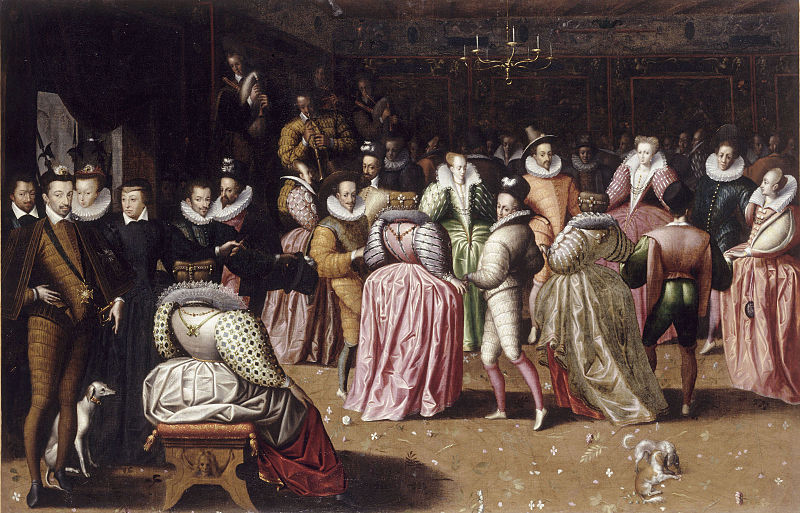
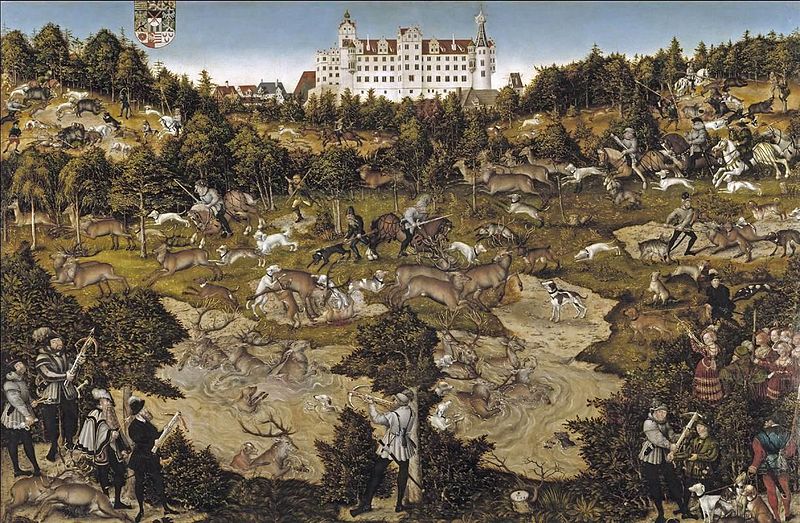
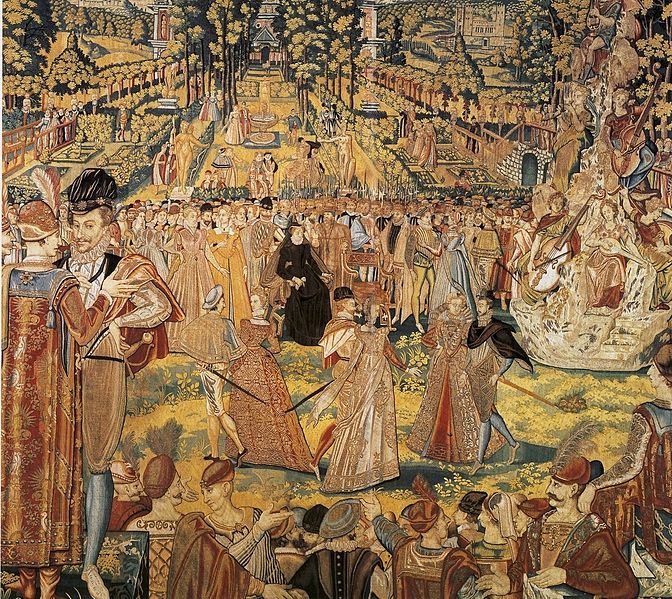


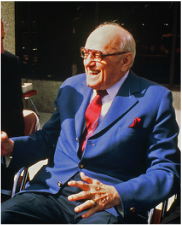
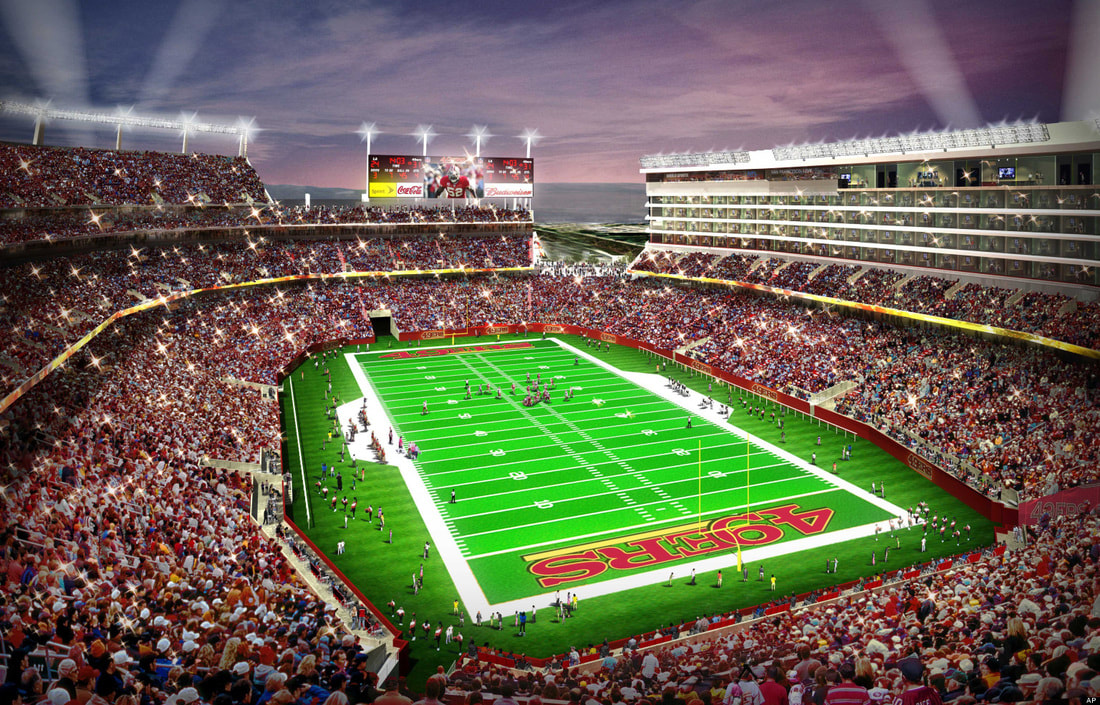

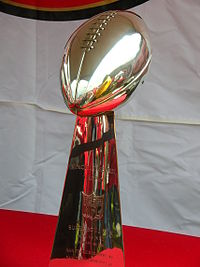

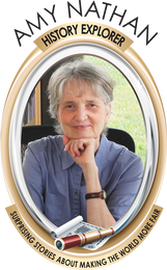

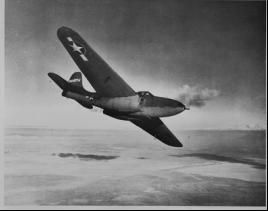
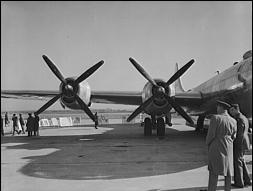


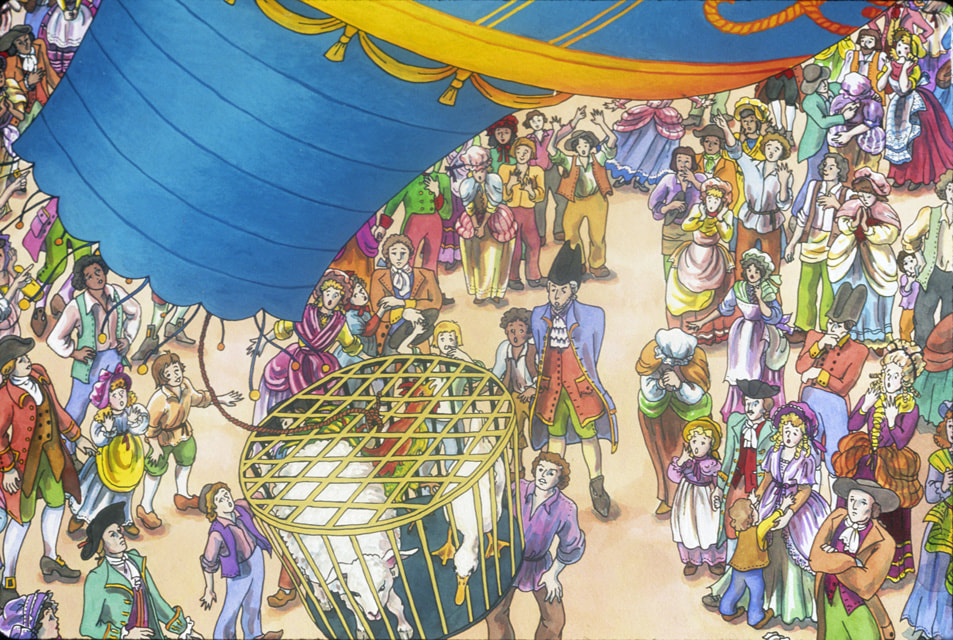



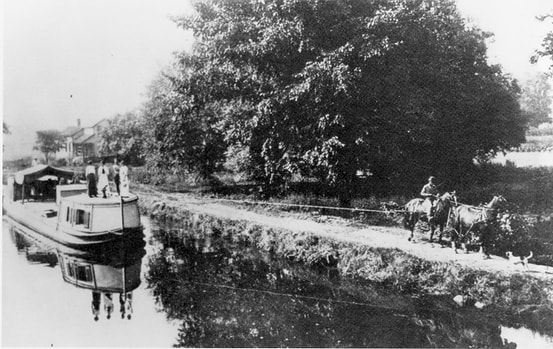

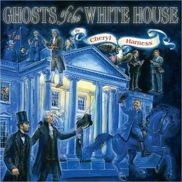

 RSS Feed
RSS Feed
